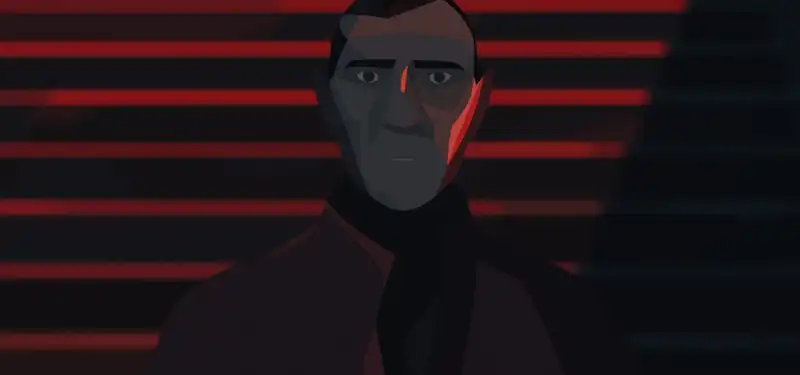Jul 5, 2018
The new French short "Le Mans 1955" explores the most horrific crash in motorsport history.
Here's a fascinating new short to look out for at the Festival Circuit: Quentin Baillieux's Le Mans 1955.
The movie trailer was recently released online:
Short is based on the true event of a sports car race that took place in France in 1955, during which one of the cars crashed and flew to the stands, killing more than 80 spectators and injuring hundreds. To date, it remains the worst disaster in the history of motor racing.
But as the synopsis of Baillieu's film reveals, the 15-minute short film explores how and why the race lasted, not just about the actual moments of the disaster, but even when hundreds of people were maimed and killed.:
24 Hours of Le Mans, 1955. 300,000 spectators are watching from the sidelines. It's 6 p.m. when Pierre Levegh's car ramps into the audience stand and scatters the crowd with hot shards of his car's engine. It is a tragedy that cost more than 80 lives. Still, the race continues. In Mercedes, the co-pilot, a friend of Pierre Levegh, is ready to take the relay. His name is John Fitch
Baillieux says he was inspired to create the film after adding to the director's notes for the film after seeing a 1950s racing car exhibition at the Louvre
I was inspired by the sports cars on display, especially the Jaguar that competed at Le Mans in 1955. I was impressed by the beauty of the area. I began to study the event and two very contradictory pictures appeared next to each other on my screen. On the one hand, the image of tragedy: people in panic, the fiery hell behind them. The bodies were spread throughout the stadium. The photo next to it depicted a happy driver celebrating the victory with champagne. How can we link these two images - how can we live so much fun moments in parallel with something so tragic?-
My desire to make this film arose from these questions – I need to find a link that can co-exist the juxtaposition of this image. The tendency of a person to forget its humanity and destroy itself while being consumed by its pride, its passions and emotions is a subject I wanted to delve into. It is the basis of my research and my thoughts and my desire to make this film.
Events can be tough, and the guilty party or the desire to find the meaning behind it can feel necessary. But history is always more complicated than that. I am sure that films that we criticize and condemn men in moments of history are not a serious contribution to memory.
If the driver and some in the racing world are seen as guilty of committing this tragedy, surely their mistakes will not make them bad people. Therefore, I worked hard to see things from the perspective of these so-called guilty men, as something like the defenders of the devil. I try to empathize and explain how it is possible for the driver to continue and finish the race, despite the tragedy. I want to restore their humanity and acknowledge the contradictions and gray areas.
Baillieux created cg films using maya, Nuke, and Photoshop. After graduating from Gobelins, he has been in-house director of the French commercial studio Eddy (formerly Chez Eddy) since 2011. He had previously directed a visually striking music video for Charles X's "Can You Do It" featured in Cartoon Brew.
Eddy produced films with De Films en Aiguille in collaboration with Brunch Studio, Les Androids Associés, and Windy Production.
The funding for the pre-production was from the French CNC (Centre national du cinéma et de l'image animée), from Nouvelle Technologies en production, Region des Pays de la Loire, Procirep and L'Angelo.
For more information on the film, see以下をご覧くださいLeMans1955.com




Post your comment